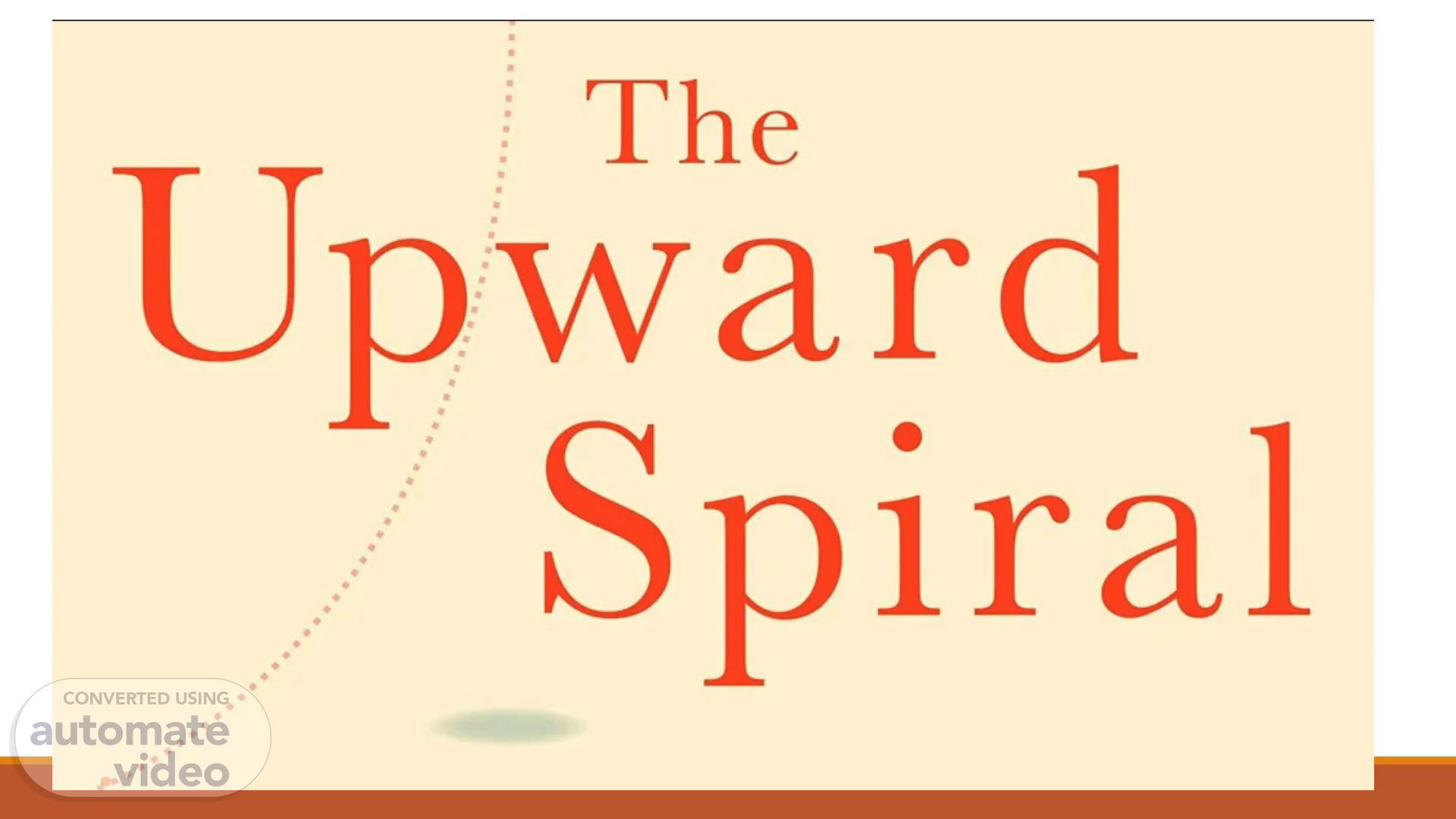Scene 1 (0s)
The Upward Spiral.
Scene 2 (5s)
What Is Depression?. Depression is a mood disorder that causes persistent sadness, loss of interest and other problems..
Scene 3 (19s)
Woman with bangs. An afraid face. The Upward Spiral.
Scene 4 (56s)
Do You Have Depression?. Symptoms of Depression. - Diminished interest in or enjoyment of almost all activities, along with feelings of sadness, emptiness, or ongoing irritability.
Scene 5 (1m 24s)
Neuroscience 101. Neurons (neurotransmitters) Neural Circuits Synapse.
Scene 7 (1m 46s)
The Chemicals of Depression. Serotonin. Boost •Ilpower our.
Scene 8 (2m 33s)
All of these neurotransmitter systems influence one another and each neurotransmitter contributes to a different depressive symptom..
Scene 9 (2m 50s)
The Basic Circuits of Depression. 2 Circuits of the brain: First circuit: “Thinking” prefrontal cortex Second circuit: “Feeling” emotional limbic system deeper part in the brain.
Scene 10 (3m 9s)
The Two Circuits of the Brain. The Prefrontal Cortex Dorsomedial Ventromedial Orbitofrontal Dorsolater*ip Ventrolater.
Scene 11 (3m 38s)
Prefrontal Cortex. Center of the planning and decision-making Circuits that is also responsible for controlling IMPULSES and MOTIVATION.
Scene 13 (4m 1s)
Limbic System. The feeling part of the brain and is responsible for things like EXCITEMENT, FEAR, ANXIETY, MEMORY, and DESIRE..
Scene 14 (4m 40s)
41- This Photo CC BY—NC.
Scene 15 (4m 46s)
Word Match Hypothalamus Amygdala Hippocampus Cingulate Cortex Stratium Nucleus Accumbens Insula Anxiety Attention and Focus Stress Bad Habits Saves Emotional Memories Pain and Bodily Awareness Impulsive Behavior (i.e. addiction).
Scene 16 (5m 3s)
Other regions that play an important role in depression are:.
Scene 17 (5m 37s)
[Audio] Each brain region has specific connections with others, creating a complex network of interactions. For instance, the anterior cingulate connects to areas like the ventromedial and dorsolateral prefrontal cortex, insula, and amygdala, while the dorsolateral prefrontal cortex links to the ventral prefrontal cortex, dorsal striatum, and hippocampus. These connections can be thought of as different airlines using the same airports, where independent neural circuits interact dynamically. Changes in activity, such as heightened emotional responses from the amygdala, can influence the focus of the anterior cingulate and the habits governed by the dorsal striatum. Additionally, different regions rely on various neurotransmitters, like serotonin and norepinephrine in the prefrontal cortex and dopamine in the striatum, meaning shifts in these chemicals can significantly impact brain function..
Scene 18 (6m 49s)
[Audio] Now you understand that depression arises from issues with frontal-limbic communication and the specific tuning of your neural circuits. Even a slight adjustment in one circuit can significantly impact your mood, as small changes can alter the resonance of the entire brain system. Just as a minor shift in weather conditions can turn a rainy forecast into a sunny day, a small change in your neural circuitry can help lift you out of depression. While we may not fully grasp the complexity of depression, we recognize the circuits involved..
Scene 19 (8m 47s)
You Can Propel Yourself…. UPWARD!.
